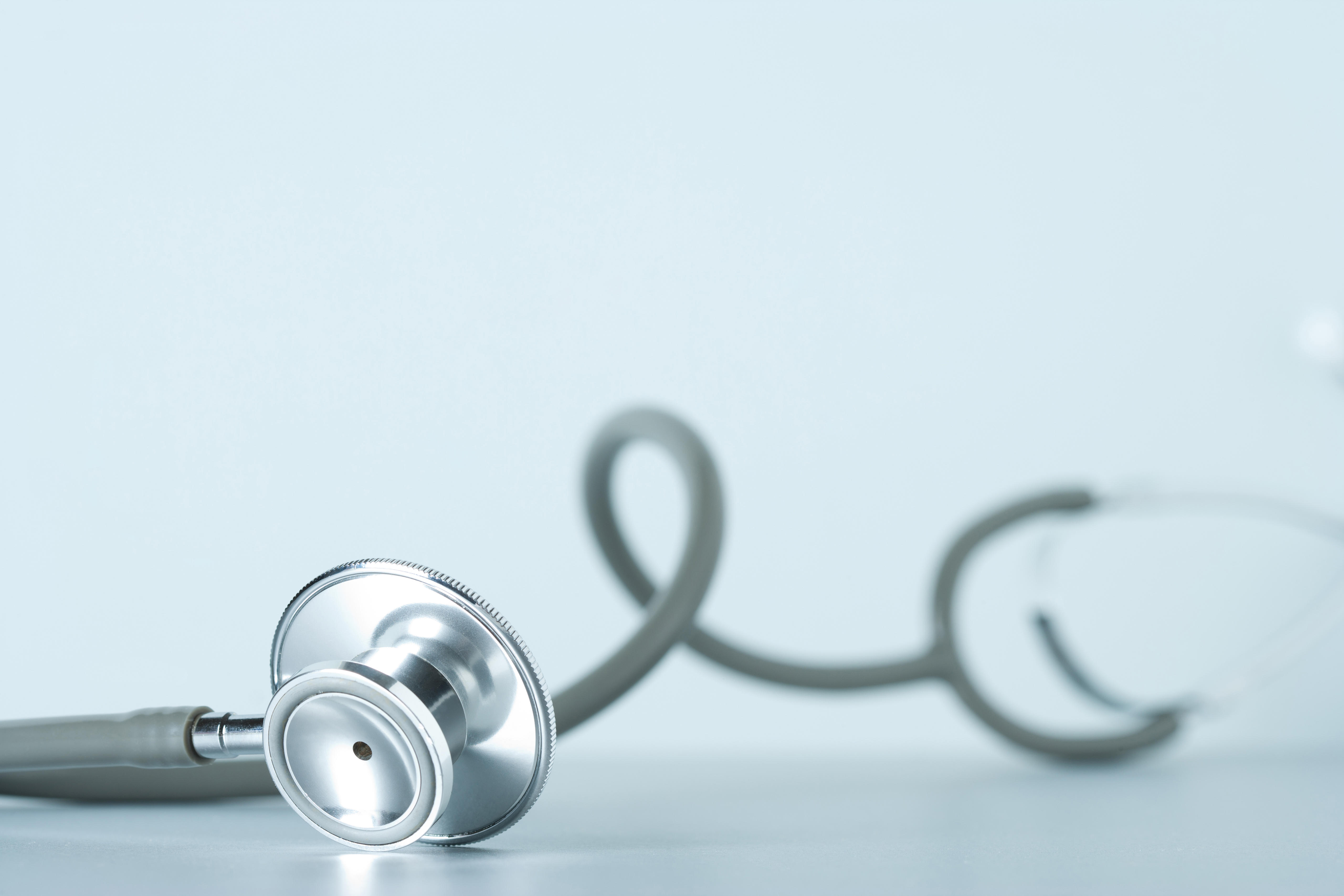
Your CPR Certification (New Life Savers)
Career Education (continuing Education) in Brooklyn, NY
Special Offer:
ACLS & PALS classes available by appointment!
Learn more
Career Education (continuing Education)
